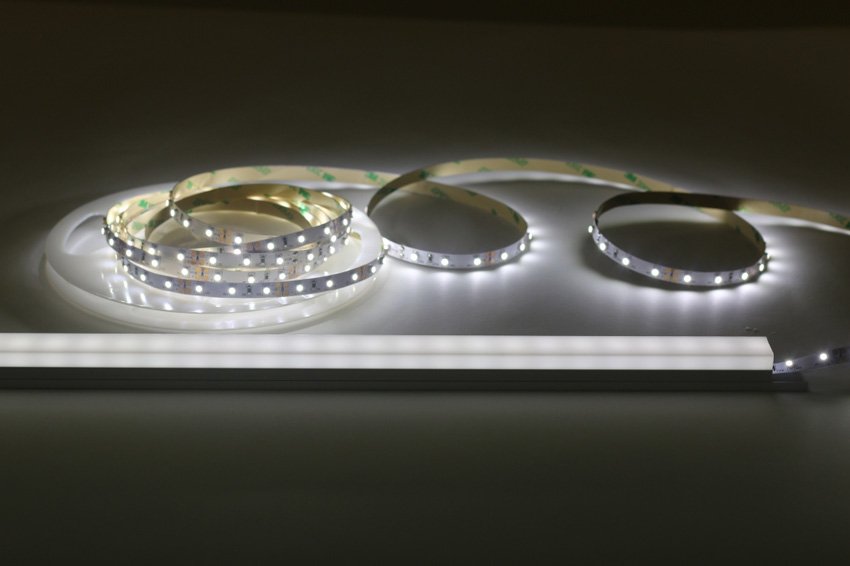
Read more: The best LED light bulb for every room in your houseĪs you can see in the chart above, an incandescent can draw up to five times as many watts for the same number of lumens. For reference, here's a chart that shows the watt-lumen conversion for incandescents and LEDs. The lumen (lm) is the real measurement of brightness provided by a light bulb, and is the number you should look for when shopping for LEDs. Instead, a different form of measurement should be used: lumens. (The point, after all, is that they draw less energy.)įor example, an LED bulb with comparable brightness to a 60W incandescent is only 8 to 12 watts.īut don't bother doing the math - there isn't a uniform way to covert incandescent watts to LED watts. For incandescents, there is an accepted correlation between the watts drawn and the brightness produced, but for LEDs, watts aren't a great predictor of how bright the bulb will be. The brightness of LEDs, however, is determined a little differently.Ĭontrary to common belief, wattage isn't an indication of brightness, but a measurement of how much energy the bulb draws. When shopping for bulbs, you're probably accustomed to looking for watts as an indication of how bright the bulb will be.

Read more: The best LED floodlights you can buy in 2021 Lumens, not wattsįorget what you know about incandescents - your watts are no good here. Before you go shopping, though, there are some things you need to know. Besides, several incandescent bulbs - including the 100-watt incandescent - are being phased out, so you'll need to make the switch eventually in any case.īuying the right LED is different from buying incandescent bulbs.

If you're smart home-inclined, LEDs open the door to many interesting and worthwhile features, including bulbs that change colors and bulbs that sync with your security system or voice assistant of choice. That's great for the environment, and it can save you money on your electricity bill in the long term. For starters, LED bulbs last much longer than incandescent bulbs, and they put out the same amount of light using significantly less energy. If you haven't switched to LED bulbs, now is the time. These devices capture the light emitted in all angles, and then measures the collective light emitted.Before you head to the store, learn the specs to look out for when buying LED bulbs. Typically a goniosphere or integrating sphere is needed. Therefore, slightly more sophisticated instruments are required. Lumens, on the other hand measures the amount of light that is emitted by a single light source, and in all directions. These are typically lower cost and even be connected to smartphones and used in the field. Since lux is a measure of how much light falls on a surface, even a small, handheld light meter or spectrometer can measure the amount of light that falls on a surface. Measurement method differences between lux vs lumens This is useful for comparing the total amount of light a bulb emits, but depending on its light distribution and space size, whether it is "enough" for a space or task cannot necessarily be determined. On the other hand, lumens is important for knowing how much light a single light source emits. Lux is a measure of how much light falls on a particular surface, and can be the result of multiple light bulbs and even daylight mixed in. Indirect daylight: 10,000 lux, or 200 micromoles per second per sq meterĭirect daylight: 100,000 lux, or 2,000 micromoles per second per sq meter Common lux levels are listed below:ĭark, cloudy day: 1,000 lux, or 20 micromoles per second per sq meter Without a sufficient lux level, it can be difficult to read or take good photographs. This is the crucial metric if you want to know how bright a surface will appear, such as a tabletop, reading material or photography subjects. Lux is important for knowing how bright a particular surface appears. As you move farther away from the center, lux will decrease. For example, you may see "1000 lux at 4 feet" - if you only see a lux rating, you will not know what distance this is measured at, and you will not be able to make a valid comparison.įor most directional light sources such as LED spotlights, the center of the beam typically has the highest lux reading. Therefore, when you look at a lux rating for a light bulb, you must always make sure there is a distance associated.


This is due to the dispersion of light as one moves away from the light source. The closer to the light source, the higher the lux reading.


 0 kommentar(er)
0 kommentar(er)
